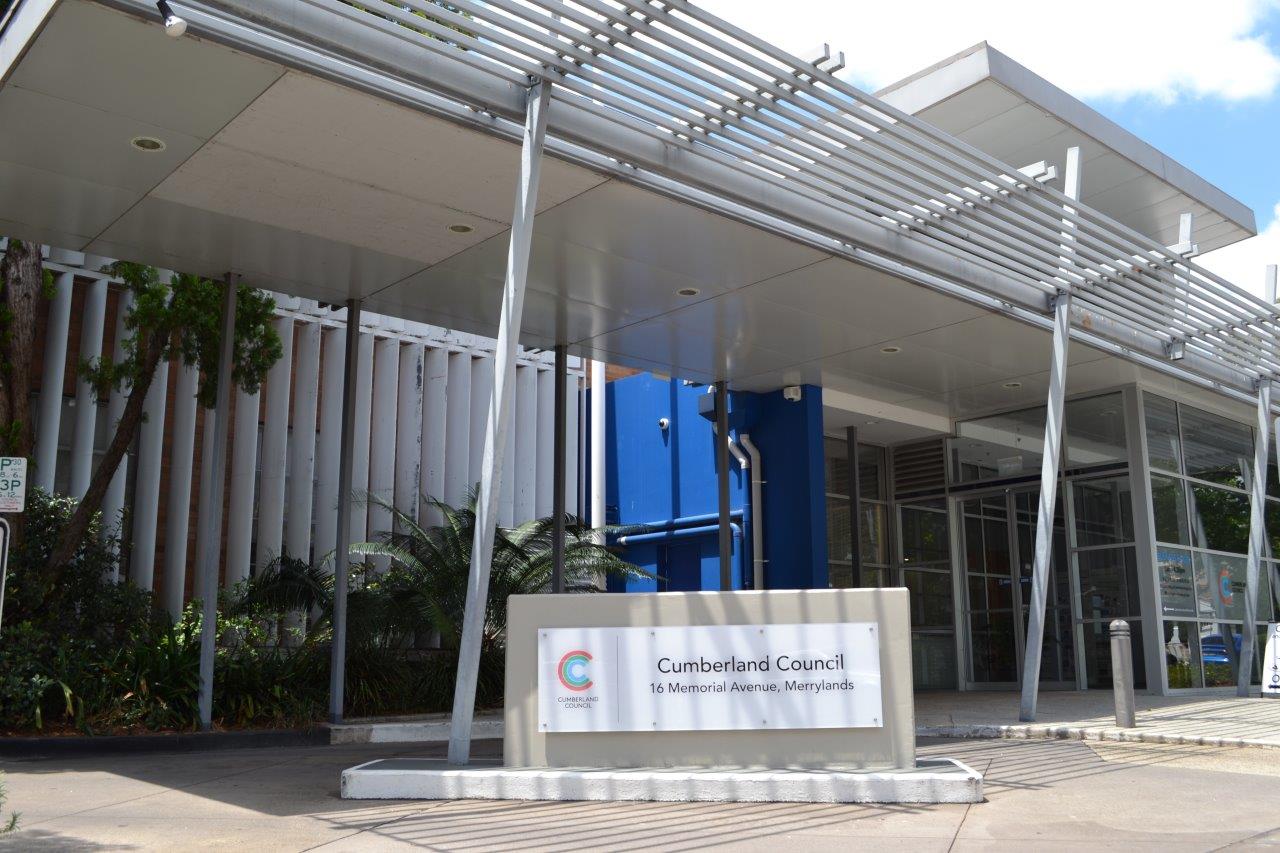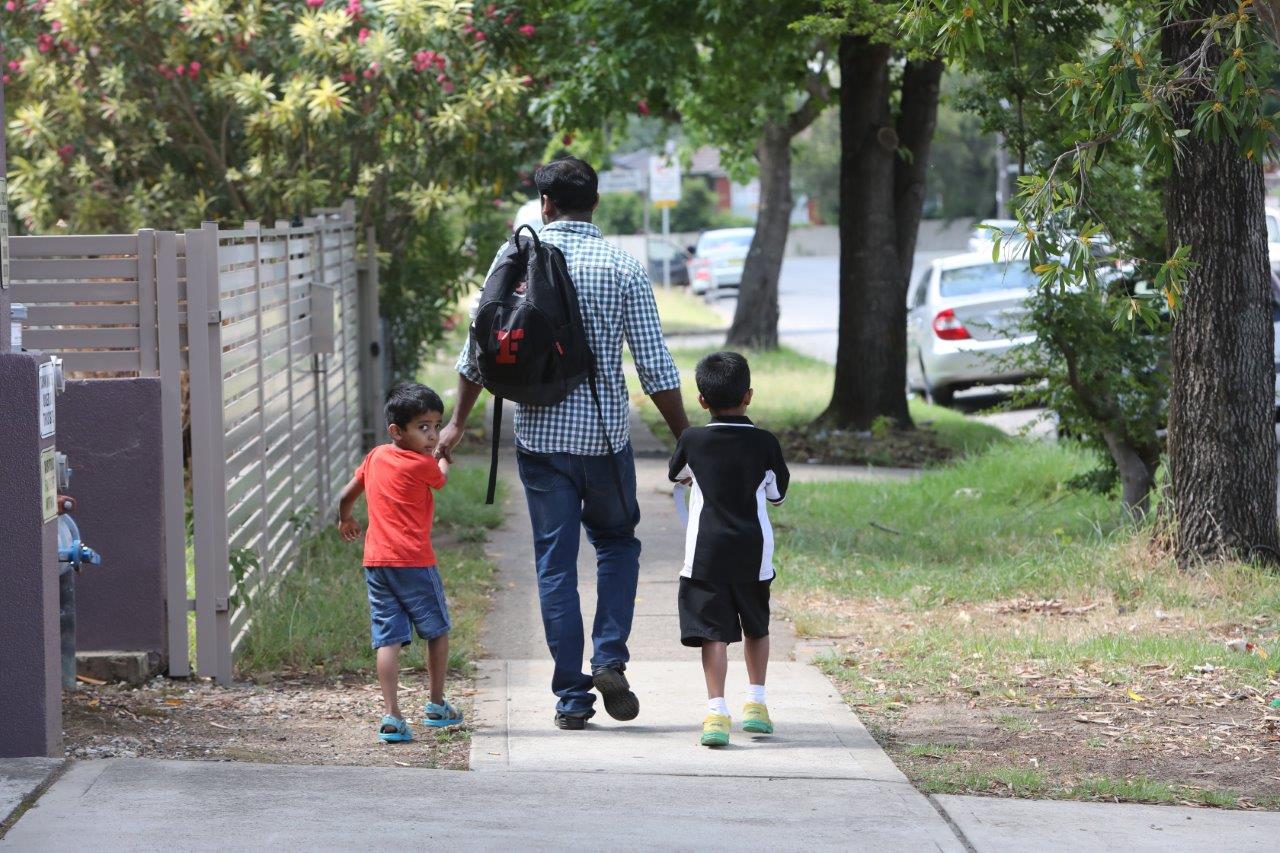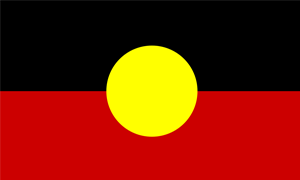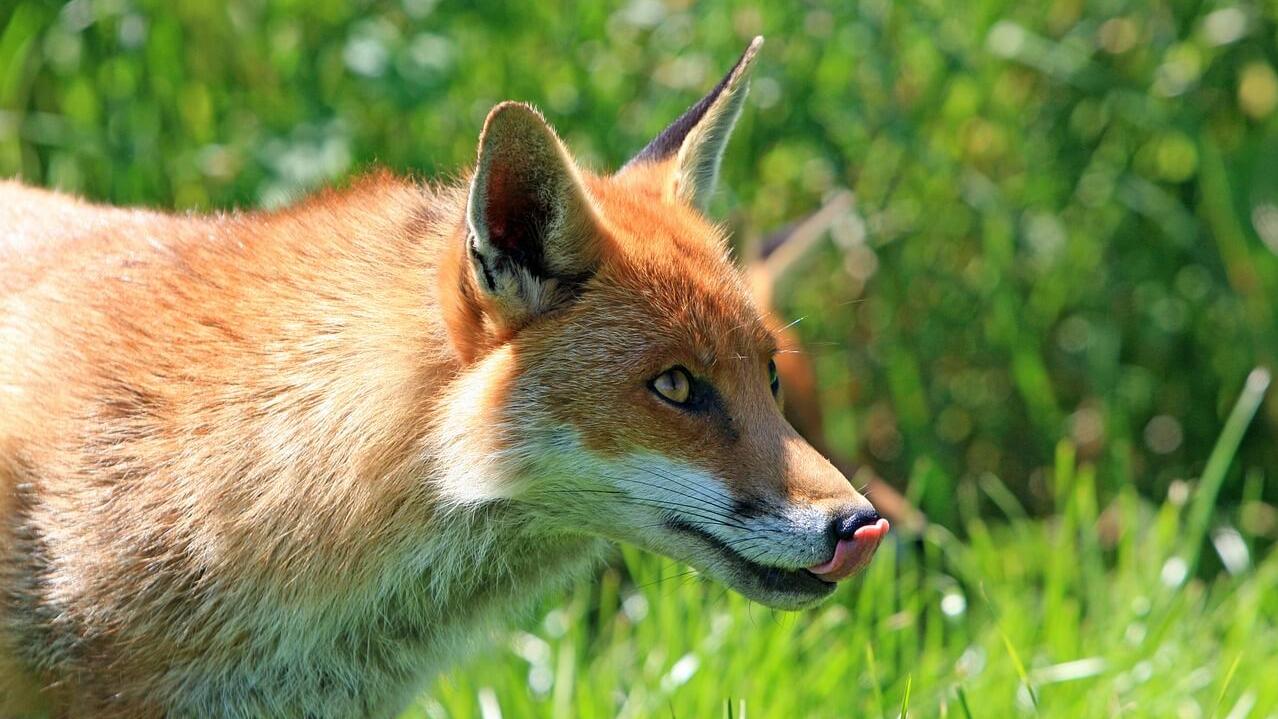
Why our environment needs help
Ongoing threats to biodiversity in Cumberland are typical of urban areas and include:
- Habitat loss
- Degradation and fragmentation from vegetation clearing
- Introduction and spread of weeds
- Pests that hunt native animals
- Urban heat
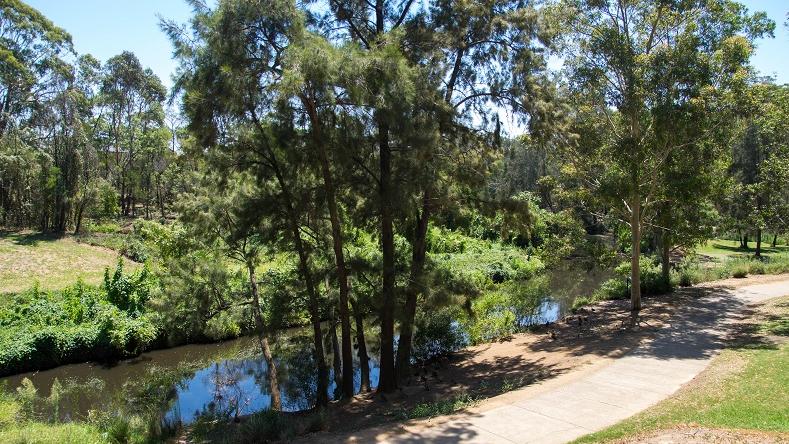
How these issues affect us
Weed Management
A weed is a plant growing in a place where it doesn’t belong naturally. Plants can become weeds when the conditions are good for their survival. There are 21 key invasive weed species found in the Cumberland area.
There are 2 broad classifications of weeds:
- Noxious weeds
- Environmental weeds
Noxious weeds
These are plants considered to be a threat to human and animal health, agricultural production, and the environment (including natural resources such as waterways and water supplies).
Under the Biosecurity Act 2015, noxious weeds must be controlled. On private land, the responsibility lies with the owner and/or occupier of that land.
Environmental weeds
This is a plant which reduces environmental values through its ability to invade bushland and compete with native flora. These plants may also affect human health and affect native animals through the loss of natural habitat.
Where do weeds come from?
Many weeds come from people’s backyards. This happens by exotic garden plants being spread by:
- Birds and animals by eating berries and spreading seeds
- Seeds being carried by wind, water or even on clothes to new areas
- Dumping of garden clippings
How can weeds be managed?
- Find and remove noxious and environmental weeds from your property
- Never dump garden waste in bushland
- Compost garden clippings on-site
- Replace unwanted plants with local, indigenous native plants
Feral Animals and Pests
Pest and nuisance animal species such as foxes, rabbits, pigeons and feral cats are common throughout Sydney.
These pests will intimidate or outcompete our native species for habitat. The lack of native plant cover and habitat (such as fallen timber and rocks), and lack of bushland patches in Cumberland makes native species vulnerable to attack.
It is not possible to eradicate pests, but numbers can be controlled to reduce their impact.
Please do not feed these pests. Also, ensure you don’t leave food scraps or pet food laying around – as this will encourage pests and help them to increase in number.
Climate Change
One of the biggest environmental issues of the last few decades and facing our future is climate change.
Much of what we do and how we live depends on the climate. Climate change also has the potential harm and change our environment and cause suffering for many people.
What does this mean for us?
How we respond to a changing climate is important because of the risks and potential harm that comes with it. Depending on where we live in the world, the effects of global warming can vary.
What can we do?
There are several things we can all do to reduce our carbon emissions and help create a cleaner and healthier place in which we live. These include:
- Repairing, reusing or recycling products, clothes and appliances
- Avoiding excess energy use by waiting until the dish washer or washing machine load is full
- Drying clothes on a line and not in a dryer
- Choosing recycled paper wherever possible
- Avoiding plastic bags and packaging
- Reducing car use by sharing lifts, catching public transport, or walking/cycling
- Reducing petrol consumption by keeping your car serviced, tyre pressure high and accelerating slowly
- Install solar panels or switch to renewable energy
Urban Heat
Urban heat is a general term that refers to high temperatures in built-up areas. This poses a risk to our communities, infrastructure and environment.
The ‘urban heat island effect’ happens when cities become much warmer than rural areas.
This occurs because hard surfaces (such as roads and roofs) absorb, hold and re-radiate heat into the atmosphere – increasing the temperature for all of us.
Find out more, visit heat management
Further information
For more information contact us on 02 8757 9000.
